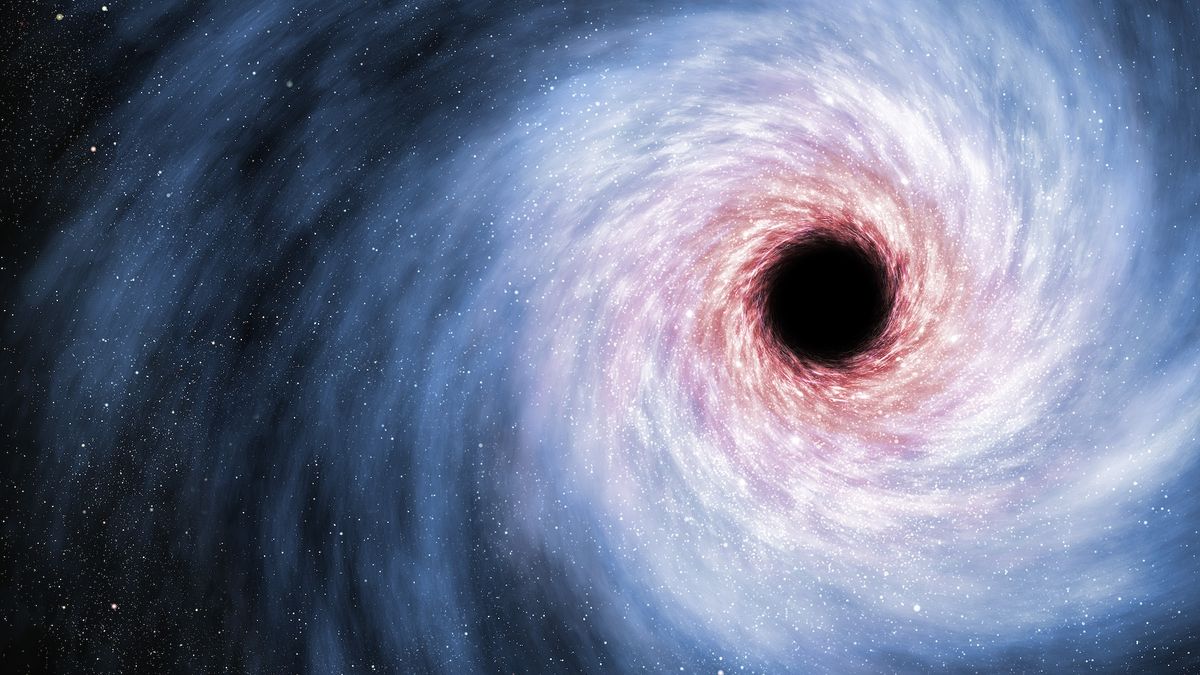Now Reading: Black Holes: Unveiling the Universe’s Darkest Mysteries
-
01
Black Holes: Unveiling the Universe’s Darkest Mysteries
Black Holes: Unveiling the Universe’s Darkest Mysteries

Quick Summary
- What are Black Holes: Regions in space where gravity is so strong that nothing, including light, can escape.
- Formation: Created when massive stars collapse inward due to their inability to sustain nuclear fusion with heavier elements like iron; supermassive black holes grow through material absorption and mergers.
- Characteristics: Closest known black hole to Earth is Gaia BH1 (1,500 light-years away); largest known is TON 618 (66 billion times the mass of the sun).The Milky Way perhaps contains millions of black holes.
- Physics Breakdown Inside Black Holes: Singularities represent infinite density and extreme environments defying current laws of physics. Surrounding the singularity is the event horizon-a point beyond which no matter or radiation can escape.
- Visual Observation: While black holes cannot emit light, astronomers identify them via quasars (bright gas surrounding a black hole) or gravitational waves from merging events. For example, an iconic image captured in 2019 depicted M87‘s “shadow.”
- Discovery and theory Evolution: Proposed theoretically by Karl Schwarzschild in 1916 through Einstein’s equations. Indian physicist subrahmanyan Chandrasekhar later validated conditions for their existence under extreme densities.
- Hazards to Life Forms Falling Inside: Gravitational forces cause “spaghettification,” stretching objects into thin strands before reaching the event horizon.
!Image: An illustration of a black hole
(Image credit: MARK GARLICK/SCIENCE PHOTO LIBRARY via Getty Images)
!Animation: Two merging black holes emitting gravitational waves
(Image credit: Science Photo Library via Getty Images)
!First-ever direct image of a black hole’s shadow
(Image credit: Event Horizon Telescope Collaboration)
!Sagittarius A, supermassive at Milky Way’s center
(image credit: X-ray NASA/UMass/D.Wang et al., IR NASA/STScI)
Indian Opinion Analysis
The exploration of black holes presents critically important scientific advancements relevant globally-and India has contributed notably through figures such as physicist Subrahmanyan Chandrasekhar whose groundbreaking insights laid key theoretical foundations for modern astrophysics. This not only highlights India’s ancient role in leading critical science but also provides contemporary inspiration for enhancing astronomical research domestically.
With growing international collaboration on projects like imaging Sagittarius A* or detecting gravitational waves from mergers, there’s an chance for india to expand its footprint by advancing space observatories and technologies tailored toward observing cosmic phenomena. As knowledge about celestial events encourages curiosity across disciplines-physics harmonized with engineering-the compatibility reinforces India’s resolution towards academic-driven innovation.
This evolving inquiry exemplifies humanity’s endeavor to decipher global mysteries originating beyond Earth itself while addressing pragmatic curiosity concerning physical law boundaries defined by incomprehensible entities like singularities-a distant yet inspiring frontier shaping future exploration opportunities planet-wide inclusively collaborative among nations spearheaded forefront examples nurturing technical stages institutions regionally!
























